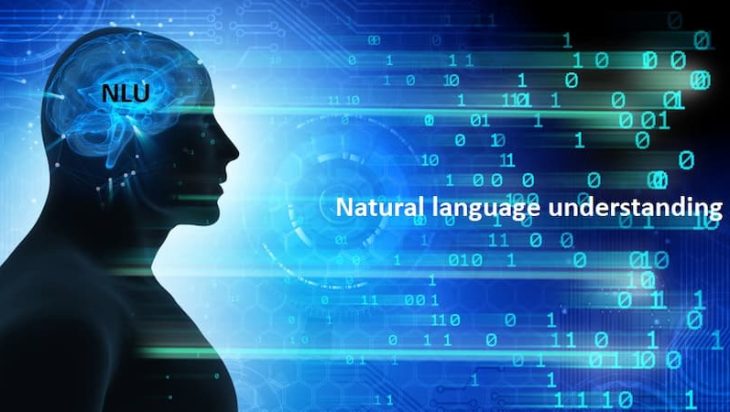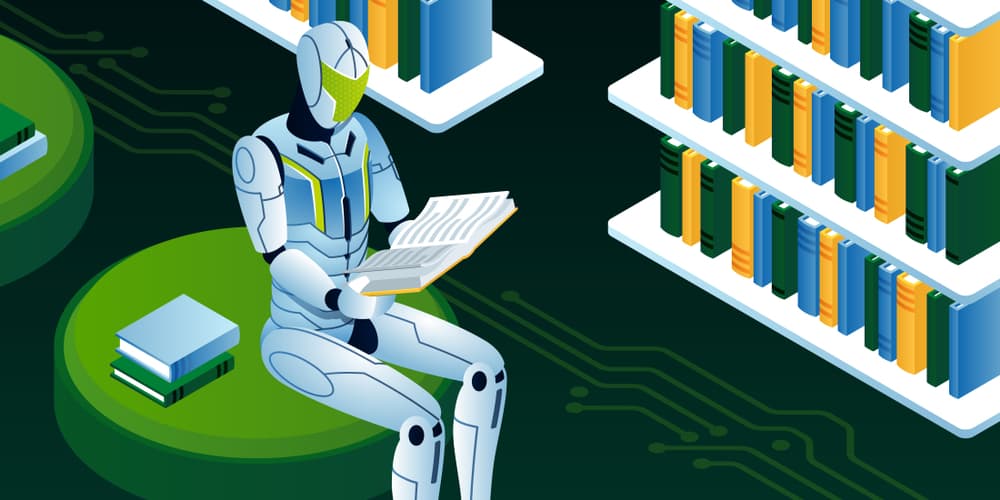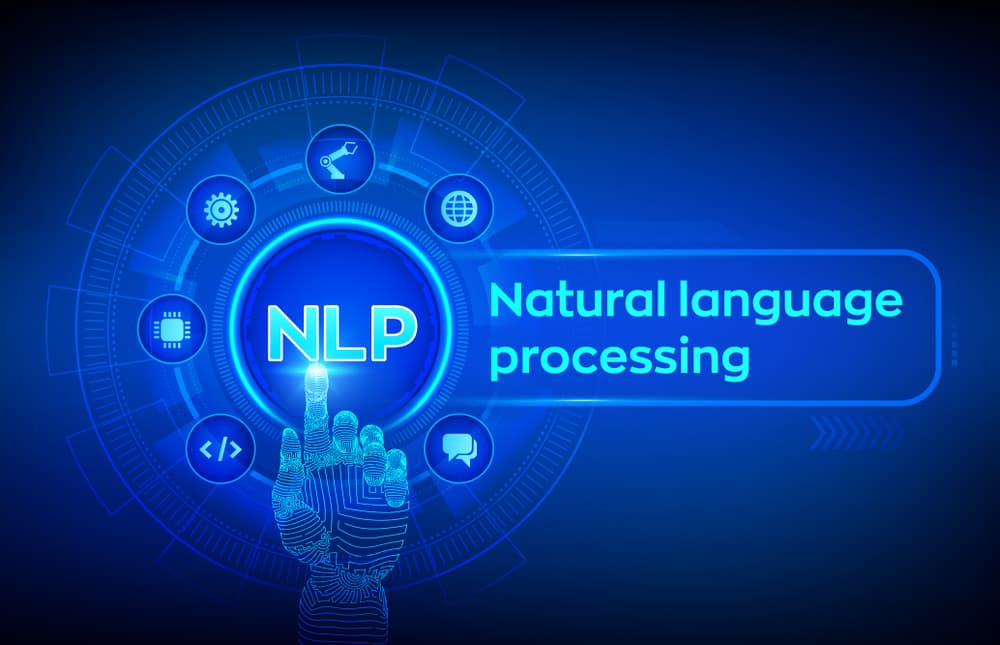Natural Language Understanding (NLU): A Comprehensive Guide

In the ever-evolving field of artificial intelligence (AI), natural language understanding (NLU) plays a crucial role in enabling machines to comprehend and respond to human language. Unlike traditional natural language processing (NLP) systems that focus on syntactic analysis, NLU goes beyond deciphering individual words and aims to understand the meaning and context behind human communication. By leveraging algorithms and artificial intelligence, NLU empowers computers to accurately interpret the sentiments expressed in natural language text. In this comprehensive guide, we will delve into the intricacies of NLU, explore its differences from NLP, understand its working mechanisms, and highlight its significance in various industries.
What Sets NLU Apart from NLP?
While NLU is a subset of NLP, it distinguishes itself by focusing on the comprehension of human language rather than merely mapping linguistic elements and structures. NLP, on the other hand, concentrates on developing systems that can understand and process human language. NLU aims to decipher the connotations, implications, emotions, efforts, intents, and goals embedded in human communication. By combining algorithms, artificial intelligence, and extensive libraries of information, NLU enables computers to grasp the true meaning behind natural language text. This distinction allows NLU to provide more accurate and contextually relevant responses compared to traditional NLP systems.
The Role of Natural Language Understanding (NLU)
The role of Natural Language Understanding (NLU) is pivotal in enabling machines to comprehend, interpret, and respond to human language. It enhances human-computer interaction, supports chatbots, aids in information retrieval, enables sentiment analysis, facilitates language translation, and contributes to personalized experiences. NLU plays a critical role in diverse applications, from healthcare to business intelligence, driving advancements in AI for more effective and intuitive communication between humans and machines.
How Does NLU Work?
To comprehend the intricacies of natural language, NLU employs computational linguistics to break down human speech into a structured ontology. This ontology comprises a set of concepts and categories that have established relationships with one another. By training algorithms and leveraging machine learning, NLU systems can identify key elements within natural language text and extract valuable information. Two fundamental concepts in NLU are intent recognition and entity recognition.
Intent recognition focuses on understanding the objective or goal behind a speaker’s statement. By identifying the intent, NLU systems can accurately determine the purpose of the interaction. For instance, if a user types a search query like “tickets New York to Miami 25 April 8pm,” the NLU technology can infer the intent to buy flight tickets from New York to Miami on the specified date and time.
Entity recognition, on the other hand, involves identifying distinct entities present in the text or speech. Named entities, such as people’s names, business names, and geographical locations, are categorized accordingly. Numeric entities, such as dates, times, quantities, percentages, and currencies, are also captured. In the example search query mentioned earlier, the entities “New York,” “Miami,” “25 April,” and “8pm” would be recognized as relevant entities.
By employing data modeling and machine learning techniques, NLU systems can continuously learn and improve their understanding of human language. These systems rely on both rule-based approaches and statistical machine learning methods to tag and categorize text appropriately. For example, an NLU-enabled search engine may infer the intent to purchase flight tickets based on statistical machine learning data indicating that similar requests often lead to users clicking through to purchase tickets. This continuous learning helps strengthen the model and enhance the accuracy of responses.
The Importance of Natural Language Understanding
Natural Language Understanding (NLU) is crucial in various fields and applications due to its ability to bridge the gap between human communication and machine processing. Here are some key reasons highlighting the importance of Natural Language Understanding:
1. Overcoming the Complexity of Human Language
Human language is fluid, intricate, and filled with nuances that make it challenging for machines to comprehend. Even humans often interpret the same passage differently. NLU equips machines with a deeper understanding of human language, enabling them to parse typing errors, incorrect naming, and subtle linguistic nuances. NLU finds applications in internal and external email responses, social media comments, chatbot discussions, internet search queries, interactive voice response (IVR) systems, and voice assistants.
2. Meeting the Need for Understanding at Scale
NLU addresses the challenge of understanding context in individual records and at scale. With the vast amount of unstructured text generated daily, NLU systems empower analysts to distill large volumes of data into coherent groups without reading them one by one. Applications such as content analysis, topic modeling, machine translation, and question answering benefit greatly from NLU’s ability to process and analyze text at volumes that would be impossible for humans alone.
3. Ubiquity in Business and Consumer Applications
Millions of businesses across the globe are already leveraging NLU-based technologies to analyze human input and gain actionable insights. With billions of internet and social media users, NLU-based responses have become an expectation for consumers. Voice-activated searches, chatbots, and personalized recommendations are now commonplace. By incorporating NLU tools, businesses can enhance the customer experience and differentiate themselves in a crowded market.
4. Delivering Personalized Experiences
Customers expect businesses to care about their individual needs and preferences. NLU enables businesses to provide personalized experiences by capturing, processing, and reacting to the vast amount of unstructured data customers provide. By leveraging NLU software, businesses can extract valuable insights from this data and tailor their offerings accordingly. This personalized approach fosters customer loyalty and drives revenue growth.
5. Cost Reduction and Efficiency
NLU technology can significantly reduce costs and internal effort. For instance, NLU-based systems can help optimize call center operations by analyzing recorded calls, identifying speech patterns associated with negative emotions and high effort levels, and recommending appropriate responses to customer service representatives in real-time. This improves customer satisfaction, shortens call durations, and reduces the cost to serve.
6. Enhanced User Experience
In applications such as search engines, social media platforms, and e-commerce, NLU helps deliver more accurate and relevant results, improving the overall user experience. Understanding user intent and context allows systems to personalize recommendations and responses.
7. Accessibility
NLU contributes to the development of accessible technologies, making it easier for individuals with disabilities to interact with computers and devices using natural language interfaces.
8. Healthcare
In healthcare, NLU streamlines information extraction from medical literature, enhances patient record comprehension for accurate diagnoses, and facilitates natural communication between healthcare professionals and patients. It also automates administrative tasks, improving efficiency, and contributes to medical research by analyzing vast datasets for insights into drug discovery and emerging trends. Overall, NLU holds the potential to significantly elevate the quality and efficiency of healthcare delivery.
Key Capabilities of NLU Technology
Unlocking the potential of Natural Language Understanding (NLU), this technology excels in contextual comprehension, intent detection, and multilingual competence. It masters sentiment analysis, entity recognition, and ambiguity resolution, adapting to industry jargon and continuously learning. Seamlessly integrating with voice interfaces, NLU enhances user experiences by providing nuanced, accurate, and contextually relevant interactions. To effectively leverage NLU, it is essential to consider the following capabilities:
1. Multiple Language Support
NLU technology should possess the ability to process data in multiple languages. In today’s globalized world, businesses often interact with customers who speak different languages. Having robust language support enables NLU systems to cater to diverse linguistic requirements.
2. In-depth Analysis
A sophisticated NLU solution relies on a comprehensive bank of data and analysis to recognize entities, understand complex sentiment, and infer valuable insights. The system should be capable of capturing and processing emotions, intents, efforts, motives, and intensity to provide a nuanced understanding of human language.
3. Rapid Interpretation and Response
The ability to process unstructured data rapidly is crucial for delivering agile and customer-centric responses. NLU systems should possess the capability to parse, process, and develop insights at scale and speed, enabling businesses to address customer queries and concerns promptly.
4. Usability and Integration
NLU solutions should be user-friendly and accessible to all staff members, regardless of their technological expertise. Seamless integration with existing software systems enhances operational efficiency and facilitates the seamless flow of information across different platforms.
5. Automated Actions
An advanced NLU solution should be capable of creating an interdependent network of data and responses. This enables insights derived from NLU analysis to trigger automated actions, streamlining business processes and enabling proactive customer engagement.
Frequently Asked Questions (FAQ) – Natural Language Understanding
-
What is Natural Language Understanding (NLU)?
- Natural Language Understanding is a branch of artificial intelligence (AI) that focuses on the computer’s ability to comprehend and interpret human language in a way that is meaningful and contextually relevant.
-
How does NLU differ from Natural Language Processing (NLP)?
- While NLP involves the broader processing of language, NLU specifically emphasizes understanding the meaning behind the language, enabling machines to comprehend context, sentiment, and intent.
-
What are the key components of NLU?
- NLU comprises several components, including text analysis, sentiment analysis, entity recognition, and intent detection. These components work together to extract meaning from language input.
-
What is the role of NLU in chatbots and virtual assistants?
- In chatbots and virtual assistants, NLU is crucial for accurately interpreting user queries, understanding context, and providing relevant responses. It enhances the conversational capabilities of these AI-driven interfaces.
-
How does NLU handle multilingual understanding?
- NLU systems are designed to handle multilingual understanding by incorporating language models and algorithms capable of processing and comprehending diverse languages, allowing for broader applicability.
-
What challenges does NLU face in handling ambiguous language?
- Ambiguous language poses challenges for NLU as it requires machines to accurately interpret context and intent. Advanced algorithms and context-aware models are employed to address ambiguity effectively.
-
Can NLU be applied to voice recognition systems?
- Yes, NLU is integral to voice recognition systems. It enables the system to understand spoken language, extract meaning, and execute commands, enhancing the user experience in voice-activated technologies.
-
How does NLU contribute to sentiment analysis?
- In sentiment analysis, NLU analyzes language to determine the sentiment expressed, whether positive, negative, or neutral. This capability is valuable for businesses gauging customer opinions and feedback.
-
What industries benefit from NLU applications?
- NLU finds applications across various industries, including customer service, healthcare, finance, and e-commerce. Its ability to understand and interpret human language enhances processes and interactions in diverse sectors.
-
Is NLU an evolving field, and what can we expect in the future?
- Yes, NLU is continually evolving with advancements in AI and language models. The future holds improved accuracy, broader language support, and enhanced contextual understanding, making NLU an integral part of AI applications.



